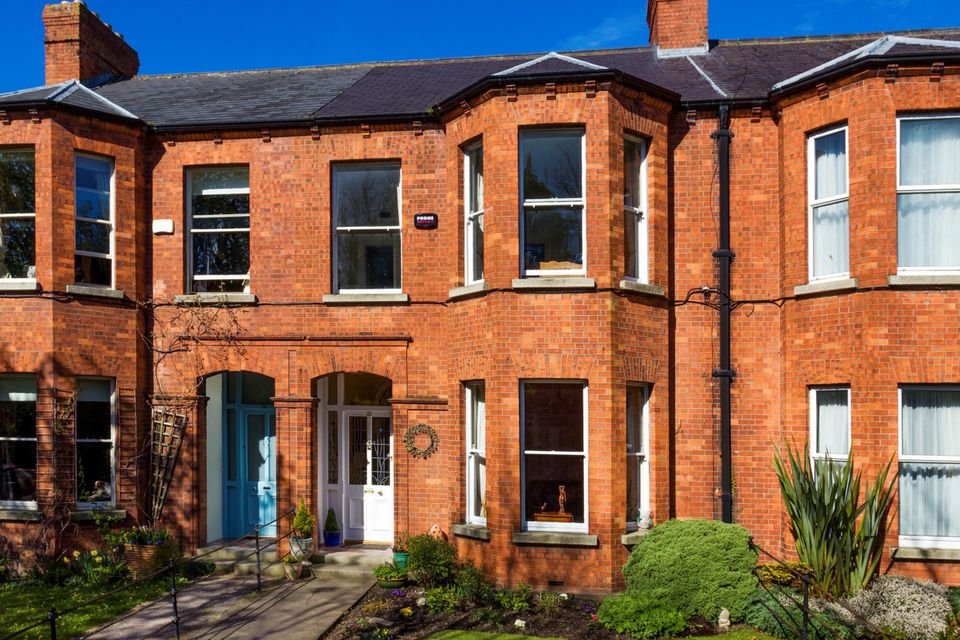Understanding the Importance of Lime Mortar in Historic Brick Buildings

Lime mortar has been used for centuries in the construction of brick buildings, particularly in historic structures. Unlike modern cement-based mortars, lime mortar is more flexible and breathable, allowing buildings to settle and move over time without causing cracks in the brickwork. This makes it especially important in the restoration and preservation of historic buildings, where maintaining the original materials and methods is key to preserving their character and integrity.
One of the main advantages of lime mortar is its ability to accommodate moisture. It allows water vapor to pass through, preventing the build-up of dampness that can lead to damage. This characteristic is essential for the long-term preservation of historic brickwork, where moisture management is often a critical concern. Additionally, lime mortar can be carefully matched in color and texture to the original material, ensuring that any repairs blend seamlessly with the existing structure.
For those involved in the restoration of historic buildings, understanding the benefits of lime mortar and its proper application is crucial. Not only does it help in preserving the aesthetic appeal of the structure, but it also plays a vital role in maintaining the building’s longevity and resilience.
Top 5 Brick Restoration Techniques Every Homeowner Should Know

Restoring brickwork is both an art and a science, requiring a blend of traditional craftsmanship and modern techniques to revive the beauty and structural integrity of aging buildings. Whether you own a historic home or a newer property, understanding the various restoration techniques available can help you maintain the longevity and charm of your brickwork.
1. Repointing: Repointing is perhaps the most common restoration technique and involves renewing the mortar joints between bricks. Over time, mortar can deteriorate due to weather exposure, leading to gaps and cracks that compromise the structural integrity of the wall. By removing the old, damaged mortar and replacing it with fresh, properly matched mortar, repointing not only strengthens the brickwork but also restores its original appearance. This process is crucial for preventing water infiltration and further damage.
2. Brick Cleaning: Over the years, brick surfaces can accumulate dirt, stains, pollution, and biological growth like moss or algae, all of which can obscure the natural beauty of the brickwork. Brick cleaning techniques, such as acid washing, steam cleaning, or sandblasting, are employed to remove these contaminants. The choice of cleaning method depends on the type of brick and the extent of the staining. Proper cleaning not only enhances the appearance of the brick but also prepares the surface for other restoration work.
3. Brick Replacement: In cases where bricks are cracked, chipped, or severely damaged, replacement is often the best solution. Brick replacement involves carefully removing the damaged bricks and inserting new ones that match the original in size, color, and texture. This technique is particularly important for maintaining the aesthetic continuity of historic buildings. Skilled bricklayers can seamlessly blend new bricks with the existing structure, ensuring that the repairs are virtually undetectable.
4. Waterproofing: Water is one of the biggest enemies of brickwork, leading to issues such as efflorescence, spalling, and freeze-thaw damage. Waterproofing involves applying a protective sealant to the brick surface to prevent water penetration. This is especially important for older buildings where the mortar may be more susceptible to water damage. A high-quality sealant not only protects the bricks but also extends the lifespan of the mortar joints.
5. Color Matching: When performing any restoration work, especially on historic buildings, it’s crucial that new materials blend seamlessly with the old. This is where color matching comes into play. Whether you’re replacing bricks, repointing, or applying new mortar, matching the color to the existing materials is essential for preserving the building’s original appearance. Expert craftsmen use various techniques to ensure that the new elements harmonize with the existing structure, maintaining its aesthetic integrity.
These five techniques—repointing, cleaning, replacement, waterproofing, and color matching—are fundamental to the successful restoration of brick buildings. By understanding and implementing these methods, homeowners can preserve the beauty, value, and structural integrity of their properties for generations to come. Whether you’re looking to restore a historic home or simply maintain the appearance of your brickwork, these techniques provide a comprehensive approach to brick restoration.